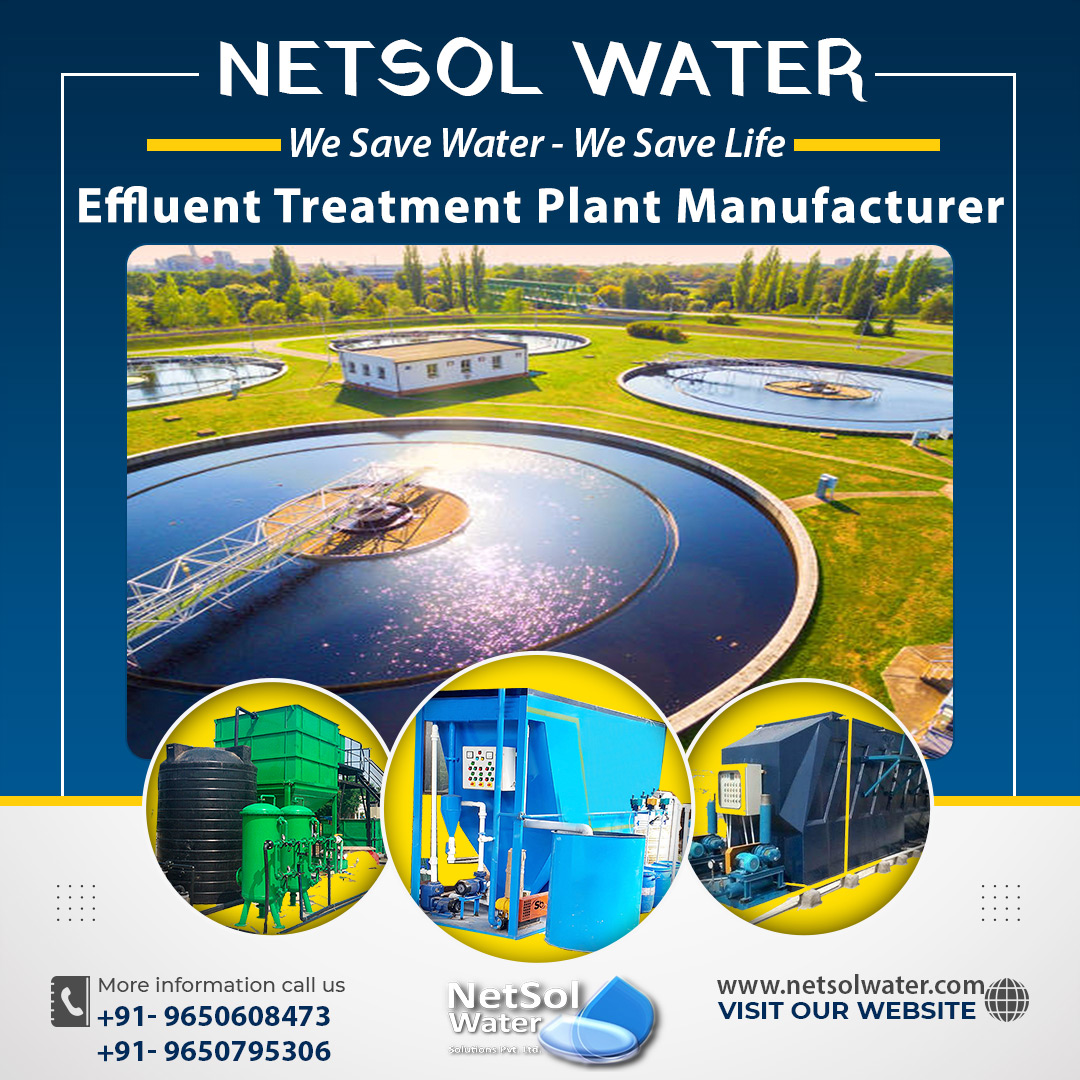Overview
The meat processing industry is one of the largest consumers of all freshwaters used in agriculture and livestock worldwide.
The slaughterhouse produces large amounts of slaughterhouse wastewater through slaughter process and system cleaning. Due to its high content of organic matter and nutrients, SWW requires critical treatment for sustainable and safe emission to the environment. Therefore, processing and disposal of SWW is a public health need.
SWW can be decomposed using physical, chemical, and biological treatments, but each treatment method has various advantages depending on the characteristics of the SWW, the best technology available, the legal system and regulations. SWW is usually assessed using mass parameters because the load of different pollutants due to the type and number of animals slaughtered varies from meat industry to meat industry. Therefore, on-site treatment in a combination of them so that slaughterhouse wastewater can be safely received and discharged into water is the best option for treating and disinfecting slaughterhouse wastewater.
Why is the WW from slaughterhouse harmful?
The concentration of organic matter in wastewater from meat processing plants (MPP) is usually high and the residue dissolves moderately. It is harmful to the environment due to the high levels of organic matter and pathogens in SWW along with the detergents used for cleaning. SWW is usually assessed using mass parameters, as the load of pollutants due to the type and number of slaughtered animals varies by meat industry.
Which Waste water treatment is used in slaughterhouses?
Anaerobic treatment is the preferred biological treatment as it is effective in treating high-concentration wastewater such as SWW, where equipment requirements are less complex. Anaerobic treatment is efficient, but if anaerobic treatment alone does not allow complete stabilization of organic matter, anaerobic treated wastewater requires post-treatment to meet specified emission limits.
Wastewater treated anaerobically contains dissolved organic substances that are more suitable for treatment in aerobic processes. Therefore, aerobic treatment systems are more commonly used in wastewater treatment systems because they operate faster than traditional anaerobic treatment methods. Aerobic treatment is often used for post-treatment and nutrient removal of anaerobic wastewater, given the fact that oxygen demand and treatment time are directly proportional to the increase in wastewater concentration
Nevertheless, when treating highly organic wastewater, biological processes alone do not produce wastewater that complies with current emission limits.
The combination of anaerobic and? aerobic processes is beneficial for potential resource recovery and high processing efficiency.
On the other hand, the wastewater of some slaughterhouses contains toxic, bio tolerant, uncontrollable, non-biodegradable substances. For example, advanced oxidation processes (AOPs) can be used to improve the biodegradability of SWW and inactivate pathogenic microorganisms and viruses that remain after biological treatment of wastewater. Therefore, AOP is an attractive alternative and complementary treatment method to the biological method for treating wastewater in slaughterhouses, especially as a post-treatment method.
The introduction of a combination of biological treatment and AOP to treat slaughterhouse wastewater is operational and economically advantageous. The combined process combines the advantages of various technologies to achieve high quality wastewater from industrial wastewater and high concentration wastewater for water recycling and resource recovery.
Wastewater from meat processing contains fat. Due to the complex composition of SWW, it is considered harmful all over the world as it contains protein, fibre, high organic content, pathogens, and veterinary medicines.
Due to the variety of characteristics of SWW, it is appropriate to classify and minimize the amount of wastewater at its source. Wastewater from slaughterhouses is becoming a major concern for agribusiness due to the large amount of water consumed during slaughterhouse meat processing, processing, and cleaning.
Conclusion
Freshwater consumption varies greatly with meat processing, and typical MPPs produce large amounts of wastewater from the slaughter process and equipment cleaning. Therefore, water reuse and recovery of valuable by-products from wastewater, from meat processing towards cleaner production, emphasis on high quality wastewater, biogas production and use, and nutrient and fertilizer recovery. It is the centre of the agricultural industry.
The treatment method of SWW is the same as that of urban sewage treatment, and includes primary, secondary and tertiary treatment. However, this does not rule out the need for first-line treatment. There are many pre-treatment SWW treatment methods that can be divided into four main categories: physicochemical treatment, biological treatment, AOP, and combined methods.
Netsol Water is the best manufacturer of ETP’s, STP’s and much more across India. For design, manufacture and installation of any waste water treatment plant, contact us.




